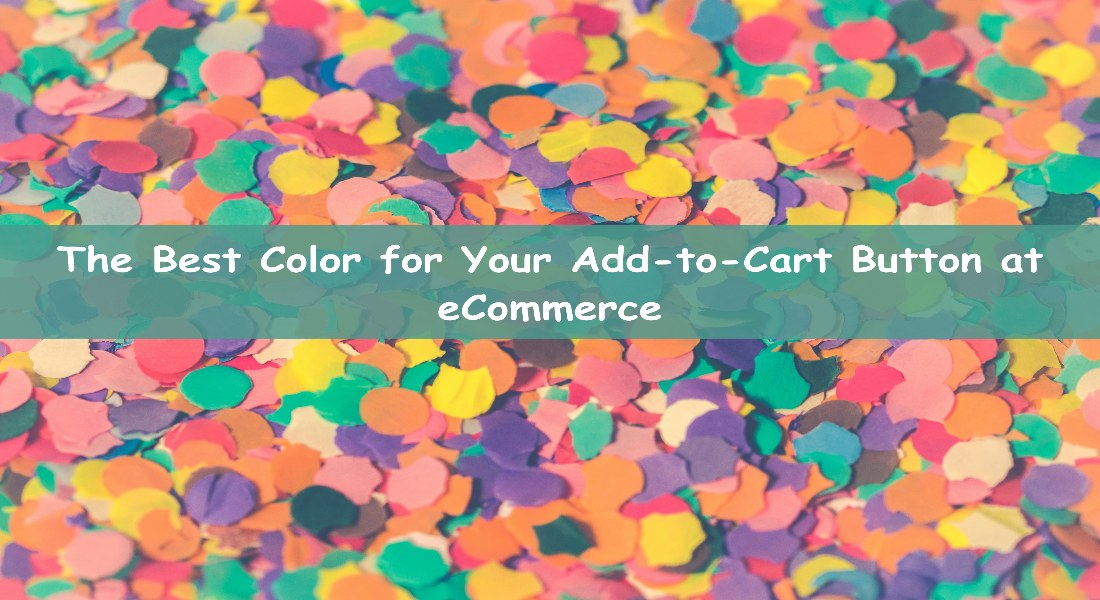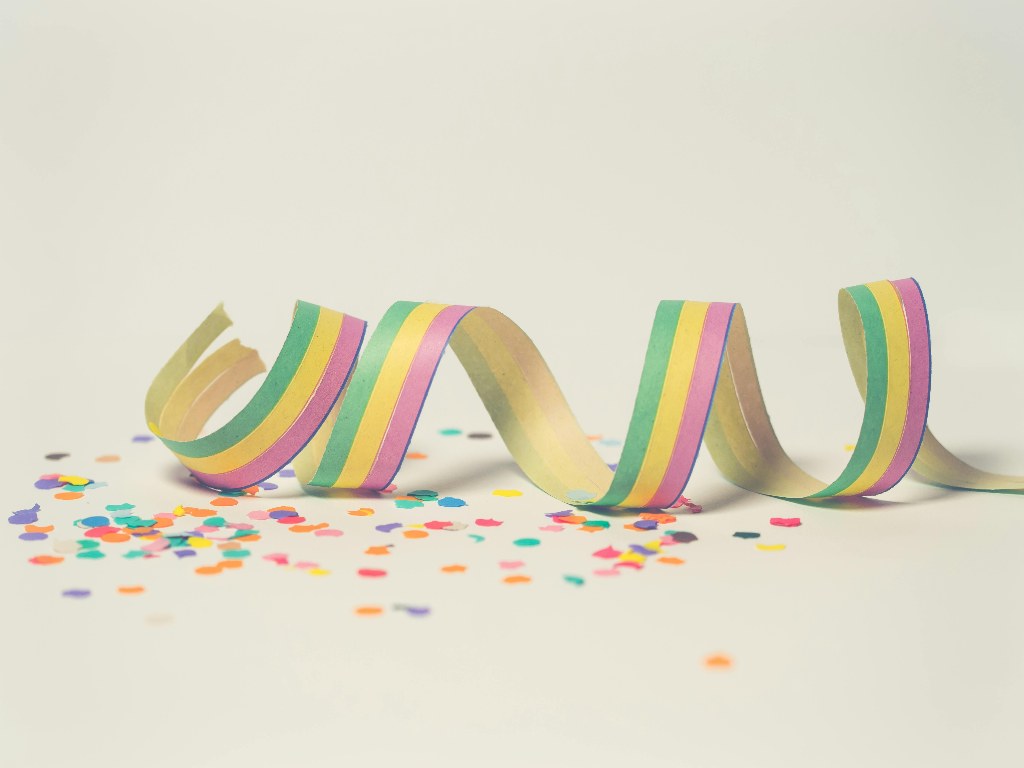
In the fast-paced world of online shopping, every little thing matters if you want to turn users into buyers. One crucial aspect is the color of your “add to cart” button. This may seem like a small thing, but it can have a significant effect on your sales and income.
If you run an e-commerce business or work in marketing, you’re always looking for ways to make your website better for users. You can get more people to finish their purchases by changing the color of your “add to cart” button.
But what color is “best” for a button that says “add to cart”? It’s more complex than you might think to find the answer. Are you ready to use color choices to increase your sales?
In this article, we will talk about the psychology of color and give you tips that you can use to choose the best color for your eCommerce store’s “add to cart” button. By the end, you’ll know more about how color can affect buying habits and be able to use data to make decisions for your shopping site.
There is one rule when deciding on a color for your ATC (add-to-cart) buttons. Visual hierarchy of focus describes it.
In psychology, the “visual hierarchy of focus” describes how your website’s elements are organized visually, with certain elements taking center stage and others taking a back seat. More prominent features may indicate a priority order. Your visitors will give greater weight to a piece if it sticks out.
According to Absolute Digital, visual dimensions are the most essential consideration for 92.6% of individuals when purchasing. There is typically a window of opportunity of at most 90 seconds to influence a user’s subconscious evaluation of a product.
Applying this to your ATC button ensures its visibility directly correlates to the number of clicks it receives. It is ideal as you want as many visitors as possible to add items to their cart.
Choosing a color that sticks out and contrasts with the rest of your website design is more significant than the exact hue when it comes to your add-to-cart button.
Any color will do as long as the add-to-cart button stands out as the page’s most noticeable and attention-grabbing element. Selecting a color that stands out visually and directs the user’s attention to the CTA.
In most cases, this standout hue should stand out from the rest of your brand’s color scheme. For instance, you should avoid using shades of green and blue for the add-to-cart button if your website uses many of those colors. Instead, use a more daring and eye-catching hue, such as a vivid purple, crimson, or orange.
When customers are shopping in your online store, you want them to be able to add items to their cart without missing a beat. Users are likelier to click through and complete the transaction if they choose a color that sticks out from the surrounding design.
Naturally, the “best” color may differ depending on your brand’s niche, industry, and intended consumers. You need to try out a few different things and monitor how your add-to-cart buttons are doing to get a definitive outcome. The main point is to choose a color that makes a statement by being visually striking and having a strong contrast.
A lot of people have been talking about the “add to cart,” “buy now,” and “place an order” buttons that are used in online shopping.
One group has claimed various conversion rate improvements as part of their testing, ranging from a respectable 130% to a dubious 300-400%.
On the other hand, some argue that we should all focus on the content of our websites and that testing different button colors is pointless.
The truth, as always, lies somewhere in the middle. Changing the color of the “buy now” or “add to cart” buttons will not magically force your business to explode. You will receive engagement if your article is helpful. After all, the functionality of every button depends on its compatibility with the rest of the elements that visitors to your page will encounter.
However, according to several sources, we can not deny that colors affect people. A sensation of urgency is associated with the color red, while a sense of safety and relaxation is related to the color green. Online brands like LinkedIn, Zoom, and Skype use blue because it is typically considered a symbol of professionalism and trust. Sites that aim to be welcoming and customer-centric could benefit from the attention-grabbing color orange.
Remember that your brand, industry, and target audience will determine the “best” color. On the other hand, you shouldn’t take the data and insights we’ve shared about the best colors for add-to-cart buttons as gospel. Regardless, there are endless real-world uses for these button color patterns and statistics in your e-commerce business.
As a first step, observe the color schemes of your closest competitors if you find yourself in a busy or competitive area. Are the colors they employ in line with what is considered standard in your field? Consider this as a starting point for your button design. It could be helpful. No matter what color you choose, make sure your add-to-cart button is the most noticeable and captivating part of the website. If you want your color to stand out against the rest of your site’s design, pick a hue that does just that.
The best approach to determine which colors perform better is to do A/B tests on your product pages. However, you can use industry data as a starting point. Experiment with various button color variations and carefully observe how they affect conversion rates. Remember that people’s tastes and standards for button colors can change over time, so be open to trying new things and improving your strategy. Keep an eye on how things are going, and be flexible with your color scheme if necessary.
The color of the add-to-cart button can be a vital tool for increasing conversions in online stores. You can discover the ideal shade to enchant clients and increase profits by combining industry knowledge with thorough testing and a flexible attitude.

Your website’s color scheme should coordinate with the Add to Cart button. Let me tell you what each color stands for.
When you see red, you can not help but feel a surge of energy and enthusiasm. Not only that, it attracts customers’ appetites and makes a splash on web pages. The color red is great for getting people to take action quickly. Websites in the food area also tend to choose red as their primary color.
Green is the color for your Add to Cart button if your website sells ecology, peace, or psychology-related things. Peaceful and symbolic of “Go,” green is an ideal color choice. Green becomes the default button color for customers’ minds, making it easier for them to click instead of other colors.
yellow and orange are sure to attract the eye. There is a correlation between customer satisfaction and the likelihood of an order being placed. So that they might feel better about their purchases, buttons in yellow and orange colors are used.
Blue is the color that is often associated with trust. It is well-liked by communication firms and business-to-business websites. The color blue is often associated with reliability.
Black color is a symbol of luxury. The “Add to Cart” button is typically black on popular brands. Websites specializing in apparel and style usually use the color black.
Depending on your business and target audience, the colors that convert best will vary. Using a single color scheme would only be practical for some websites. One more thing you can do to discover the color that converts best for your website is to conduct A/B testing. Ensure your Add to Cart button stands out against your website’s background when choosing your color.
Everyone has a different opinion on the ideal color for the Add to Cart button. It would help if you experimented with several color schemes to discover one that complements your website’s design and appeals to your target audience’s psychology.